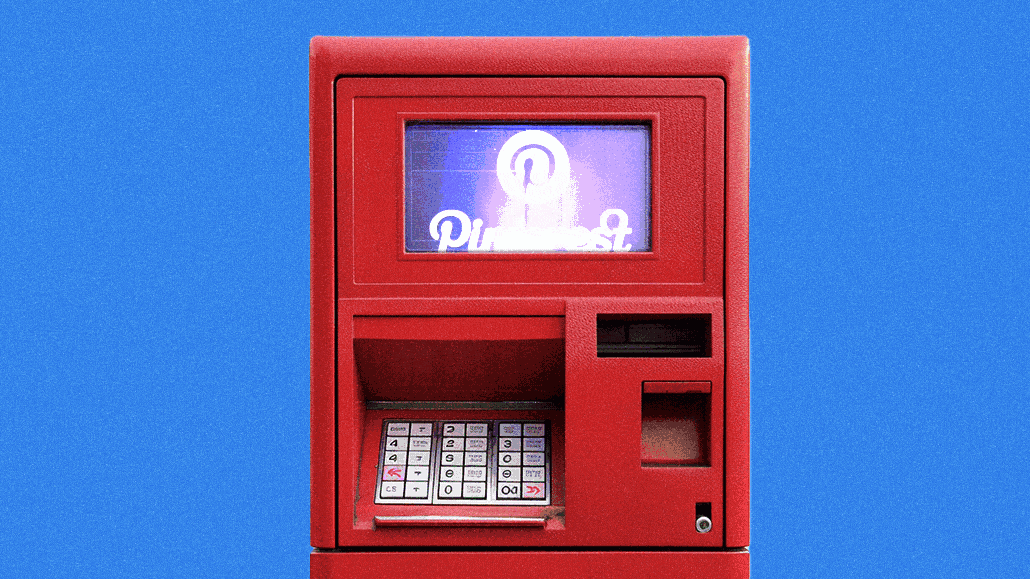As DE&I efforts stall, Pinterest expands Inclusion Fund for underrepresented creators

While many inclusivity efforts are being actively dismantled both at a corporate level and legislatively (given book bans, anti-Critical Race Theory bills and voter challenges), Pinterest continues to shell out money for its Inclusion Fund, focused on creators from underrepresented communities.
The program started with $500,000 in 2021, on the heels of the Black Lives Matter Movement. Since launch, Pinterest has invested more than $3.3 million to offer ad credits, cash payments and content creation equipment to the more than 150 creators who have been accepted into the program. The fund originally started with eight creators in its quarterly program, though it’s unclear how many participants are in each cohort as Zeny Shifferaw, global content partnerships lead, inclusion at Pinterest, declined to offer specific details.
This year’s expansion comes in collaboration with Shopify, to include U.S. and Canada-based small businesses, independent publishers and boutique creator agencies from historically marginalized communities. Meaning, the program now has expanded its definition of a creator, whether that be an influencer or small business owner. The financial details of the partnership with Shopify were not divulged.
To apply, companies must be owned and operated by 50% underrepresented communities, meaning members of the BIPOC, people with disabilities, plus-size and LGBTQIA+ community or have 70% or more products sourced from underrepresented communities. Each quarterly cycle focuses on a different vertical, whether that be health and wellness, food or countries outside of the U.S.
In the past, the Inclusion Fund has doled out $25,000 in the form of cash grants, ad credits and equipment stipend to each individual cohort member. It’s unclear how much Pinterest will allot to this year’s cohort as Shifferaw declined to offer specific figures on this quarter’s cohort size or allowance for each cohort member from this quarter.
Success is determined by how each new cohort of participants grow on the platform, counting metrics like reach, impressions and clicks, she added.
Thus far, Pinterest has invested $3.3 million in the program. Last year, the social media company reported more than $3 billion in earnings, up from the $2.8 billion in 2022. As revenue grows, so could the Inclusion Fund, at least that’s Shifferaw’s hope.
“While the headwinds are definitely real, we are continuing to double down on what our missions and values are,” she said.
Notably, marketers have been quiet around diversity efforts recently. Pride month campaigns are seemingly at a whisper and mum has been the word ever since brands like Bud Light, Miller Lite and Adidas saw public backlash to so-called woke advertising. Last Juneteenth and Black History Month saw a similar fate, something creators of color are keenly aware of and making Pinterest’s efforts worthwhile.
“A lot of companies, especially [from] 2020 to maybe two years ago, they were actually performing being inclusive, but they petered out over time,” said Gabrielle Eva, a U.K.-based, part-time beauty creator and 2022 Pinterest Creator Fund recipient.
Pamyla Cummings, U.S.-based 2022 Pinterest Creator Fund recipient, also said as much. “When this was happening too, a lot of brands were doing something in the wake of Black Lives Matter to seem more inclusive. You can tell when some brands or platforms are doing it to [placate]. It’s not genuine,” she said.
Other platforms, like TikTok, Snap and Meta, also launched funding programs aimed at historically marginalized communities. TikTok launched an incubator for Black Creatives in 2021, which has since passed. However, the platform maintains other inclusivity initiatives, including an investment of $1 million to support Black Girl Ventures, an organization aimed at underrepresented woman-identifying founders, and another grant program with the Hispanic Heritage Foundation. Meanwhile, Snap launched its own program in 2021, known as 523 for Black Creators, providing 25 Black creators with monthly stipends of $10,000 per month. That program continues into this year, per a Snap spokesperson.
Perhaps the most integral part of the Pinterest Inclusion Fund is the cash payout, which is about $10,000 in addition to the $15,000 worth of ad credits, according to a U.S.-based creator who spoke to Digiday on the condition of anonymity and participated in the program in 2022.
The platforms’ algorithms and monetization opportunities are ever-changing, making any consistent payout opportunities important to creators, the anonymous creator said. “It changes so much and is so volatile and flexible in good and bad ways,” they said, later adding, “Obviously as a creator, it’s nice to get a flat rate.”
For example, Instagram ended its Bonus Reels program last year and Pinterest sunset its own Creator Rewards program in 2022.
Having a seat at the proverbial table is nice, but what creators in these spaces actually need is funding, said Gregory Curtis Jr., head of influencer marketing for Empower Media. “Black and Brown and queer people and disabled people, we are over mentored and under-resourced,” Curtis Jr. said, adding that the agency is actively pitching client activations on Pinterest.
“The goal at the end of the day is to be paid,” Cummings added.
More in Marketing

Pitch deck: How Amazon is recasting Twitch as a core part of its CTV pitch
Amazon is positioning Twitch as a defining asset in its CTV ambitions.

Netflix transforms former mall department stores into experiential venues
The location in Dallas opens this week, and one at the King of Prussia mall near Philadelphia opened last month.

Future of Marketing Briefing: AI has created a new talent paradox in programmatic agencies
The job isn’t execution anymore. AI handles that. The job is judgement.








